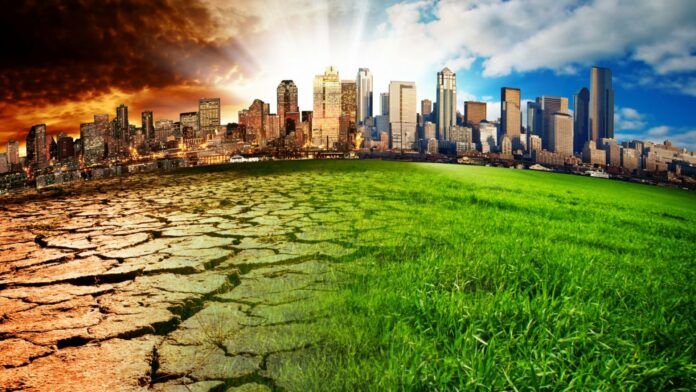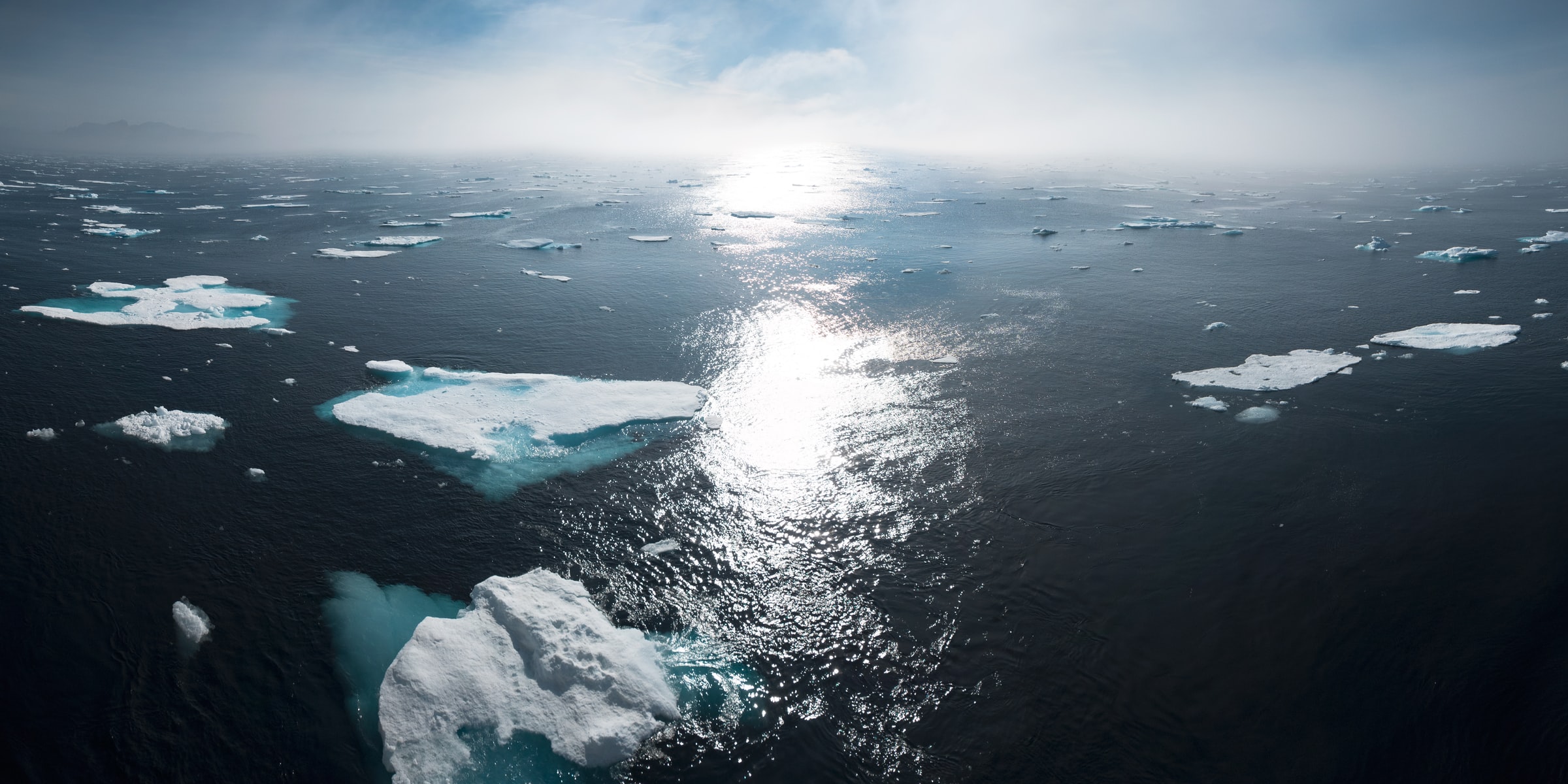This paper outlines what needs to be done to keep the average surface temperature of the Earth from rising more than 1.5-2 degrees Celsius above pre-industrial levels, as agreed upon in the 2015 Paris Agreement: by 2030, CO 2 emissions must be cut in half, and by a dozen or so years later, they must be negligible. It’s likely, though, that we’ll have even less time to prevent harmful climate change.
To begin, let’s clarify that global warming and the greenhouse effect are not synonymous. The greenhouse effect is a natural phenomenon that would not happen if life on Earth did not exist. It raises the temperature of our world to 15 degrees Celsius rather than -18 degrees Celsius.
Greenhouse Emissions
Greenhouse emissions trigger the greenhouse effect. There are molecules that all have one thing in common: they absorb heat. The sun’s rays heat our world, which then radiates its own heat. Greenhouse gases are “sensitive” to this terrestrial radiation, absorbing it in the same way as a sponge absorbs water, then releasing it and “sending” it to the Earth and the universe.
As a result, some heat is trapped in the Earth’s atmosphere, similar to how heat is trapped in a greenhouse. This establishes a thermal equilibrium that lasts until the number of greenhouse gases in the atmosphere remains constant. However, we are currently faced with a rise in the volume of these gases in the atmosphere. Global warming is described as an increase in the global average temperature. It contributes to climate change, which will be addressed in more detail later in this newsletter.
Water vapour is the molecule that has the biggest effect on global climate change! Its contribution to global warming is estimated to be between 37 and 70 per cent. However, another gas, carbon dioxide, is the most well-known (CO2). While it has a smaller impact on the greenhouse effect (9-26%), there has been a 36 per cent rise in the concentration of this gas in the atmosphere since the 18th century. Another greenhouse gas, methane, has risen by as much as 149 per cent. It has a 4-9 per cent impact on the greenhouse effect. Ozone and nitrous oxide are two other greenhouse gases (N2O).
Carbon Dioxide
Carbon dioxide is released into the environment by burning coal, gas, chopping down trees, and a variety of other human-caused processes. We have no control over the concentration of water vapour. The amount of water vapour that can accumulate in it is largely determined by temperature; the higher the temperature, the more water vapour that can accumulate in it. As a result, the global warming phenomenon becomes self-sustaining, because of the more CO.
The higher the temperature, the more water molecules there are in the atmosphere, which raises the temperature once more. In other words, reducing the amount of carbon dioxide in the atmosphere is the only way to minimise the amount of water vapour in the atmosphere.
Ocean Currents And Temperature Variations
Natural Factors, such as ocean oscillations, which manifest themselves in, among other things, ocean surface temperature changes, affect the air temperature at the planet’s surface. According to the authors, there are indications that our world is about to reach a warm period linked to these oscillations, which could last several decades.








